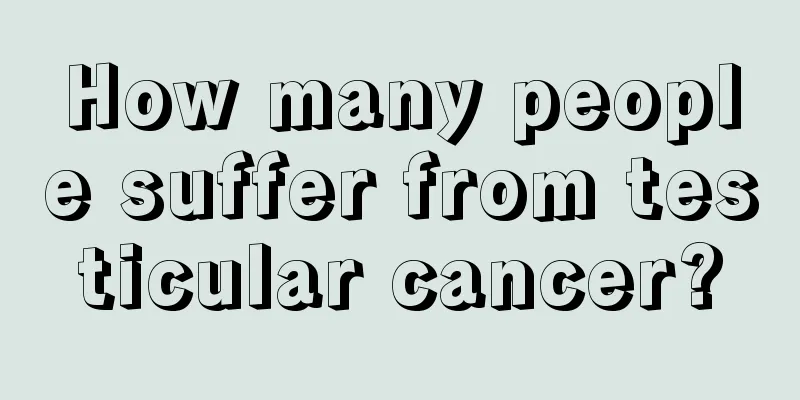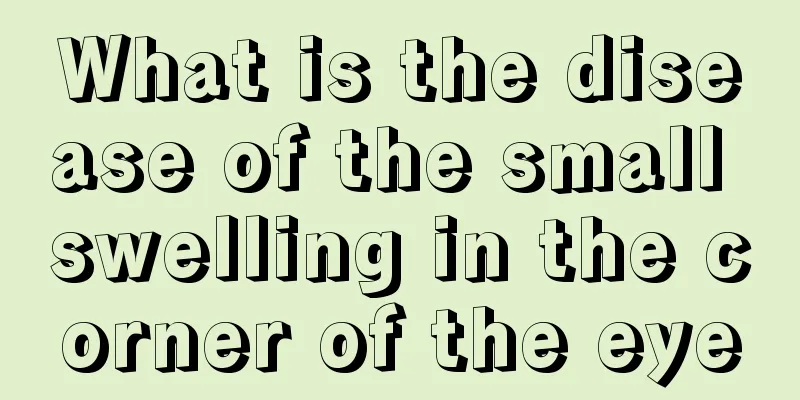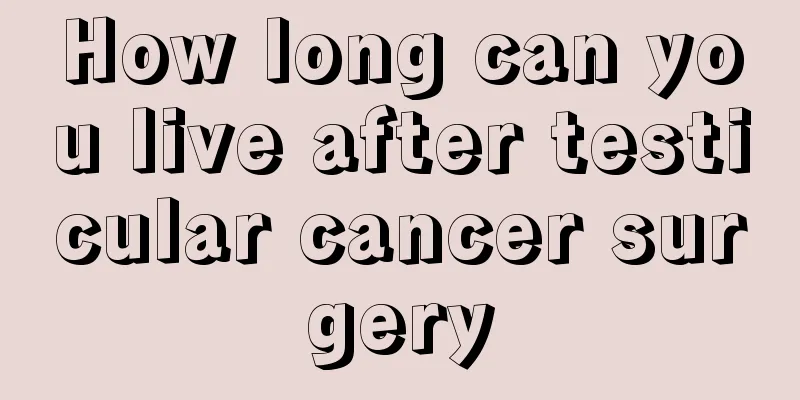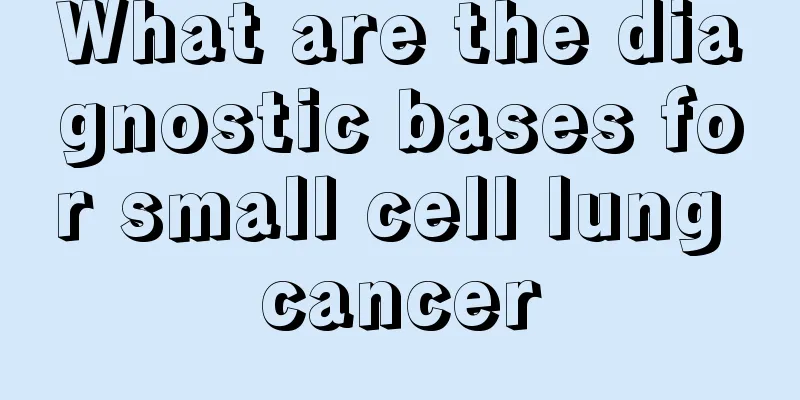How many people suffer from testicular cancer?

|
Testicular cancer has a relatively low incidence rate, but is more common in young men, especially those aged 15 to 35. Its causes may be related to genetics, environmental factors, physiological changes, and trauma. Treatments include surgery, radiotherapy, and chemotherapy. 1. Genetic factors The incidence of testicular cancer is related to heredity. Men with a family history of testicular cancer may have a higher risk of the disease. Gene mutations, such as abnormalities in the KIT gene and KRAS gene, may increase the probability of disease. Men with a family history are advised to undergo regular physical examinations, especially testicular ultrasound examinations, to detect abnormalities early. 2. Environmental factors Long-term exposure to certain chemicals or radiation may increase the risk of testicular cancer. For example, men who work in chemical, paint or pesticide-related occupations need to take protective measures. Smoking and alcohol abuse may also have a negative impact on testicular health. Improving lifestyle habits and reducing exposure to harmful substances can help reduce the risk of disease. 3. Physiological factors Cryptorchidism is one of the important risk factors for testicular cancer. Men whose testicles have not descended into the scrotum have a significantly increased risk of cancer. If cryptorchidism is not treated promptly before puberty, the risk may be further increased. Parents are advised to pay attention to the genital development of boys and seek medical attention in time if any problems are found. 4. Trauma If the testicles are hit or damaged by external forces, it may cause inflammation or abnormal tissue proliferation, increasing the risk of cancer. Pay attention to protecting the testicles during exercise or work and avoid violent collisions. If testicular pain or swelling occurs, seek medical attention in time. 5. Pathological factors Testicular cancer usually develops from the reproductive cells in the testicles and is divided into two types: seminoma and non-seminoma. Early symptoms may not be obvious, but enlarged testicles, lumps or heaviness are common manifestations. After the diagnosis is confirmed, the doctor will develop a treatment plan based on the condition. Treatment options include: Surgery: Radical orchiectomy is the main treatment, in which the affected testicle is removed to stop the cancer from spreading. Radiation therapy: For seminoma, radiation therapy is effective in killing any remaining cancer cells. Chemotherapy: For advanced or metastatic testicular cancer, chemotherapy drugs such as cisplatin and etoposide can help control the disease. Although the incidence of testicular cancer is not high, early detection and treatment are crucial. Young men should pay attention to their own health, regularly self-examine their testicles, and seek medical attention in time if abnormalities are found. Through scientific treatment and a healthy lifestyle, the cure rate of testicular cancer is high, and patients can return to normal life. |
<<: What is renal hamartoma and what tests should be done to confirm it
>>: What will happen if bladder cancer is not removed at the age of 76
Recommend
Greater trochanteric pain syndrome?
Everyone wants to be healthy and does not want to...
How to masturbate for a long time?
Young men who do not have sexual partners cannot ...
Which hospital should I go to for follow-up examination after cervical cancer surgery
Which hospital should I go to for a follow-up aft...
What are the reasons for acne between the eyebrows
It is very common to have acne on the body. There...
Will my face get smaller after wisdom teeth removal?
Not everyone has wisdom teeth, and the time when ...
The harm of gas stations to pregnant women
For pregnant women, some changes in their bodies ...
What are the clinical symptoms of bladder cancer
The treatment of bladder cancer requires us to do...
How to wash off oil stains on white clothes
White clothes look neat and tidy, so many people ...
What are the symptoms of colon cancer recurrence
The effect of treating colon cancer varies from p...
What are the symptoms of thoracic spondylosis?
Thoracic spondylosis is caused by various stimula...
What are the functions of photosynthetic bacterial species?
The growth of plants is inseparable from photosyn...
Why is the thyroid cancer swelling again after half a year?
Thyroid cancer is a malignant tumor that originat...
Is stomach cancer hereditary? It is possible
Diffuse gastric cancer may be inherited. Gastric ...
What are the symptoms of rectal tumors?
For many diseases, early symptoms are ignored and...
Glioma disease prevention is very important
Nowadays, the incidence of various diseases is ve...









